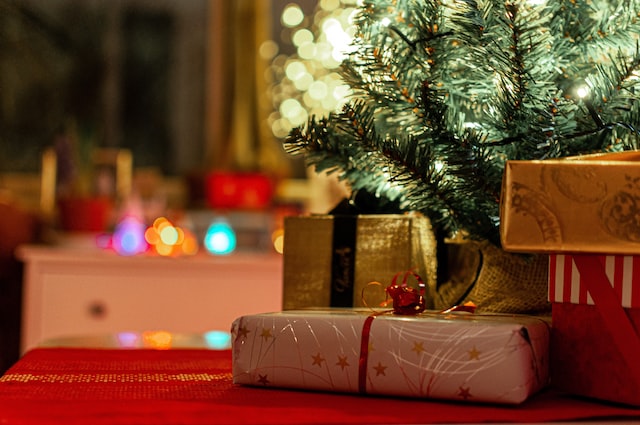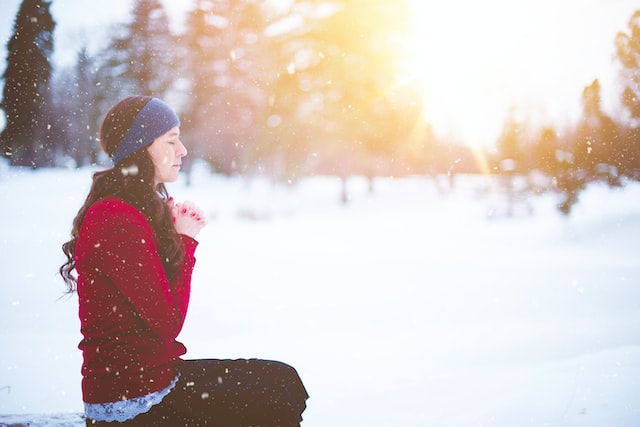The Origins of Christmas Customs
Christmas is coming and while several countries celebrate this holiday season, the traditions and customs may differ from one another. Some countries celebrate Christmas because of religious beliefs but others celebrate in a more secular way, out of merry-making festivities and parties.
Christmas as a Christian Holiday
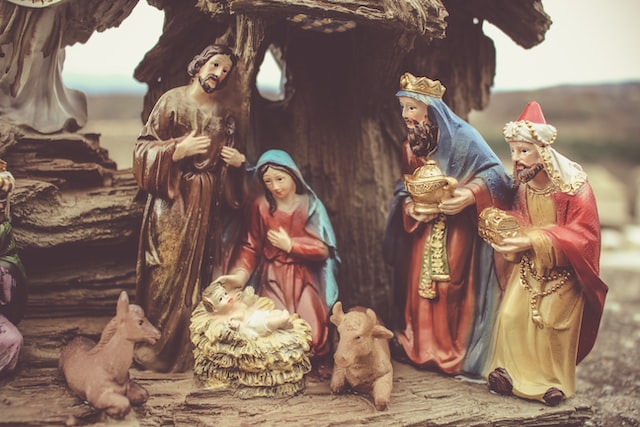
The Nativity. Photo by Jametlene Reskp on Unsplash
Christians celebrate the holiday as the birth of Jesus Christ. Although there is no concrete evidence that Christ was born on December 25, they celebrate it with church masses/services, prayers, lighting of the candles on advent wreaths, and setting up nativity figurines at homes. At midnight on December 24th, a feast is held to welcome the 25th day which is believed to be the birth of Jesus.
The next morning is celebrated by receiving and opening gifts from family and friends. It is also celebrated as a time for children, family togetherness, and corporate parties.
Christmas as a Pagan Festival
The true origin of Christmas has traced back its roots to pagan religious rites held around the winter solstice. Scientifically, the winter solstice is the shortest day and longest night of the year and is linked with many winter festivals that include Christmas.
Facts About Christmas Decorations and Customs
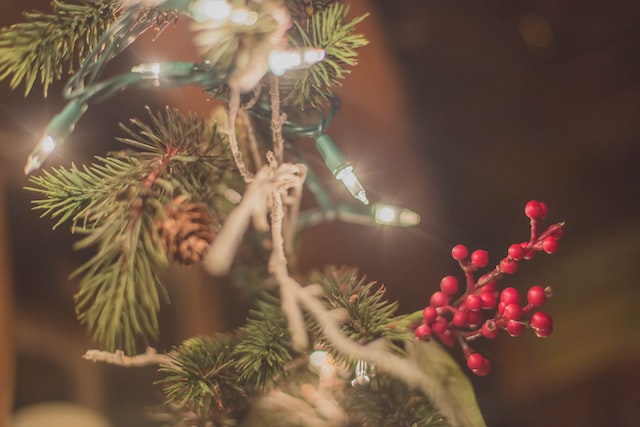
Christmas decorations. Photo by Dayne Topkin on Unsplash
Gift-giving, partying, feasting– The Roman feast called Saturnalia was celebrated in mid-December. From this celebration, the elaborate feasting, the giving of gifts, and the burning of candles were derived which is also followed by today’s modern-day celebrations. The Encyclopedia Britannica further notes that “all businesses and works were suspended” during Saturnalia.
Christmas lights– The early Europeans decorated their homes with lights and evergreens of all kinds to combat evil spirits and to celebrate the winter solstice. The evergreens were also believed to give life to the gray winter season.
Mistletoe and Holly– the Druids believed that the mistletoe has magical properties to protect from all evil. the evergreen holly was worshiped as a promise of the sun’s return.
Christmas tree– Tree worship is common among pagan Europeans, even after their conversion to Christianity. The common way of worshipping the tree is to place a Yule tree at the entrance or inside the house during the midwinter holidays.
The Commercialization of Christmas
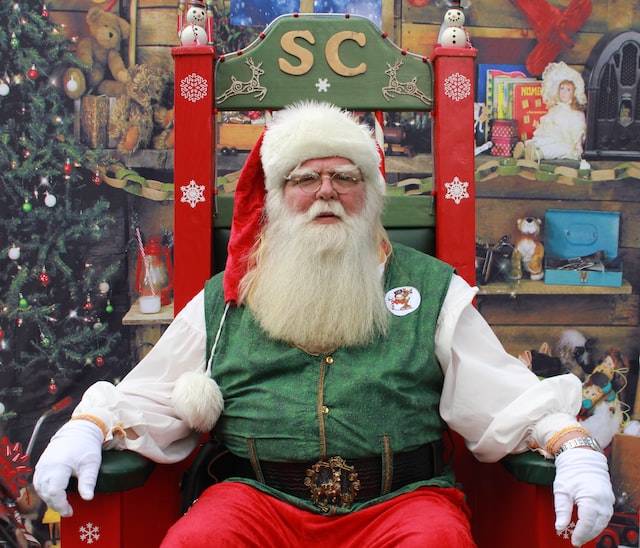
Santa Claus. Photo by May Gauthier on Unsplash
The modern-day Christmas season has become a multi-million dollar industry and corporations saw the opportunity to sell their goods especially aimed at children and the culture of gift-giving. The image of Santa Claus added to the popularity of commercial Christmas. Originally, the Germans and Catholic Dutch introduced the image of St. Nicholas to the Americans. The patron saint of the poor is known for going into people’s houses on December 6 to leave presents on childrens stockings.
Obligatory gift-giving has created pressure on parents and givers. In a 2016 online survey in Europe, most of the gifts received were unwanted and least likely to be appreciated. Most of them ended up as clutter, thrown away, or donated to charities.
In my own personal opinion, I don’t want to partake in such festivities that cause pressure and stress because that steals joy instead of being happy. I think gift-giving should be done any time of the year and be sincere about it. True love and joy are not measured on money and material gifts. There should be no heated arguments about the origins of Christmas and we should have the freedom to choose what we want to do at this time of the year.
Christmas commercial christmas Pagan santa claus winter solstice
